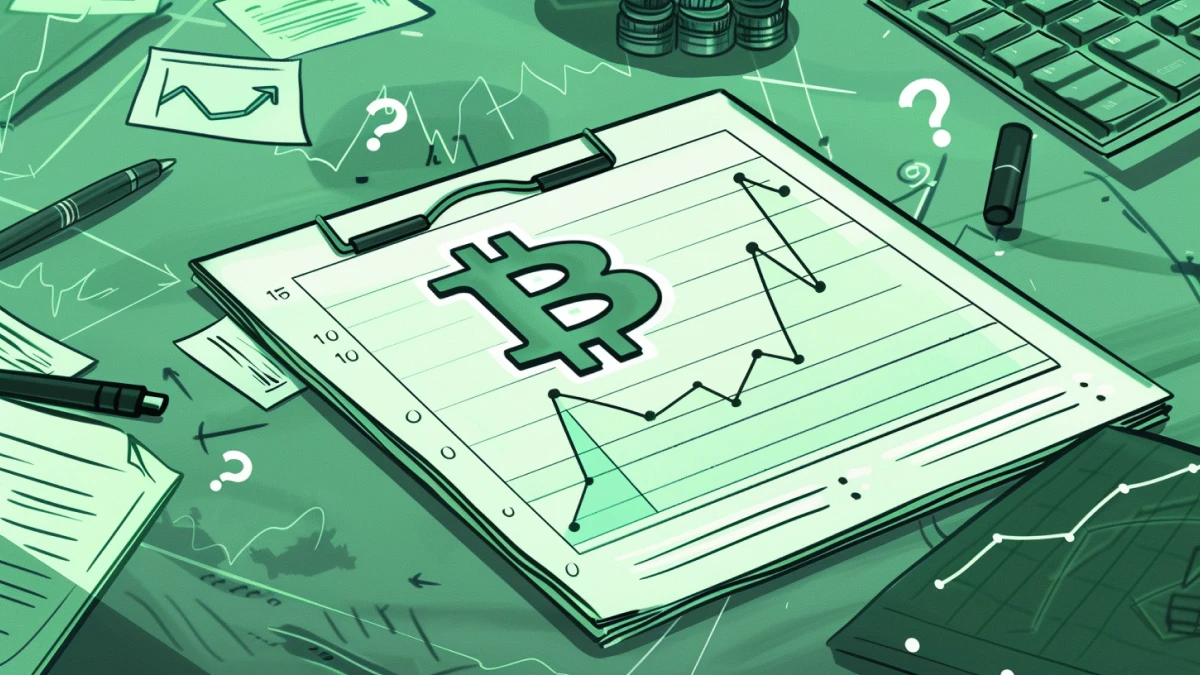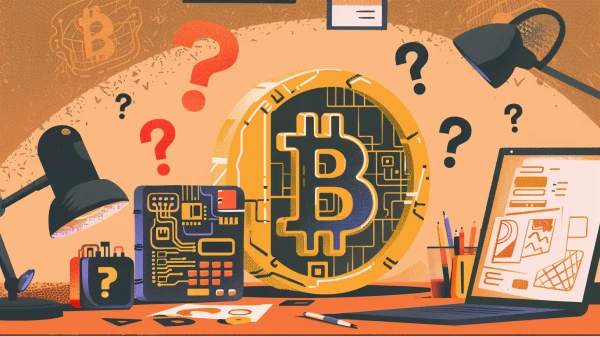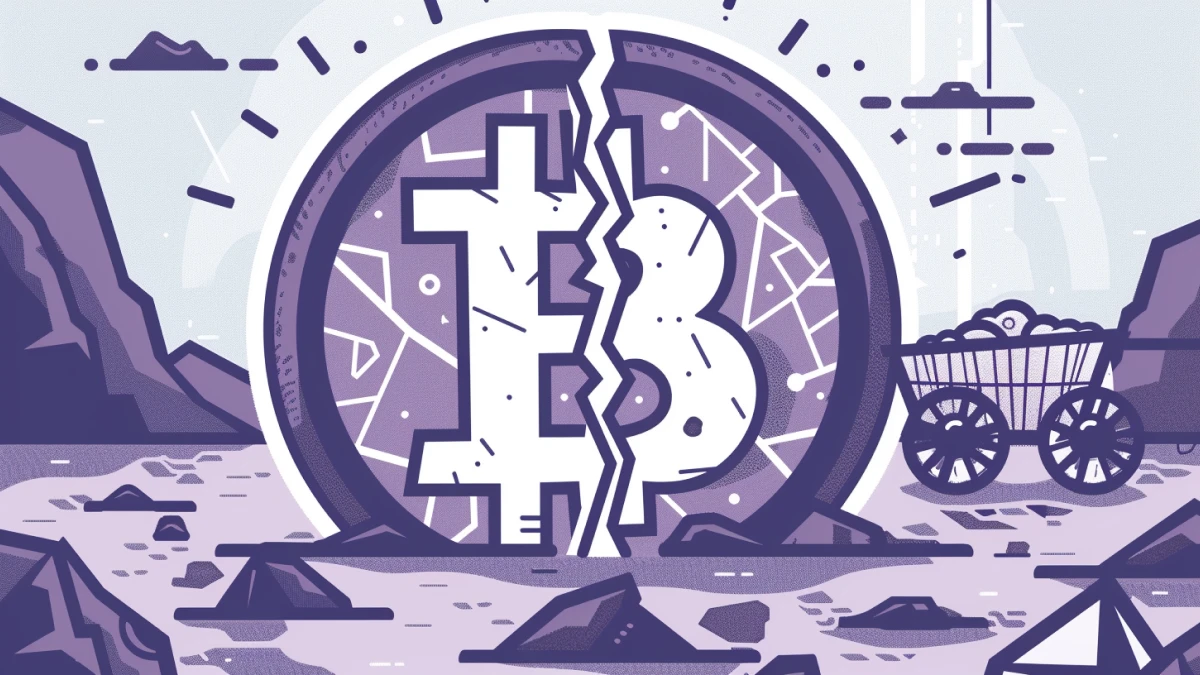Bitcoin has received criticism from institutional investors, governments, and individuals. However, its price growth, increased institutional adoption has proven that Bitcoin has long-term value and the ability to positively disrupt the financial system. Despite the ongoing success of Bitcoin, false information and confusion about its core principles still prevent many potential users from entering the market.
Myth 1: Bitcoin Is Anonymous
A common misconception of Bitcoin is that its users are anonymous. However, this is far from true. Because each bitcoin belongs to an address, all bitcoins have a clear and visible history of ownership tracing back to their creation. In addition, the Bitcoin blockchain allows all transactions to be viewed by anyone in the network, so transactions, addresses, and supply can be easily audited by any and all network participants.
Addresses however, are merely strings of letters and numbers, and are not inherently connected to a given user or wallet. Both users and wallets can use an arbitrary number of addresses to store bitcoin, and some addresses, called multisig addresses, can hold bitcoin belonging to multiple users. Thus, Bitcoin is most accurately defined as pseudonymous rather than anonymous.
➤ Learn more about privacy, anonymity, and their differences.
Myth 2: Bitcoin Is Not Backed and Has No Inherent Value
While Bitcoin is not backed in the sense that it has a guaranteed rate of exchange for another asset, Bitcoin is backed in the same way that traditional fiat currencies are backed: demand and support from its users.
Its value is guaranteed by its market participants and utility. Unlike fiat currencies, the long-term value of Bitcoin is assured by its limited supply. The limited supply of Bitcoin protects against inflation, which has historically crippled many fiat currencies.
➤ Learn more about why Bitcoin has value.
Myth 3: The Bitcoin Blockchain Is Insecure
Often, the transparency of the Bitcoin blockchain is misinterpreted as a security failing. However, the public nature of the Bitcoin network allows it to remain secured by the millions of miners, traders, and investors active on the network.
In order to corrupt the Bitcoin blockchain, it would be necessary to control at least 51% of all the computing power associated with the network. With millions of computers and users around the world participating in the Bitcoin network, the potential for any one entity to control a majority of the network is incredibly limited.
➤ Learn more about the security of Bitcoin’s blockchain.
Myth 4: Bitcoin Is Unregulated and Unsupported by Governments
Major U.S. government figures, including the Federal Reserve, presidential candidates, senators, and state-elected officials, have acknowledged Bitcoin and supported formal regulation. In the United States, Bitcoin is regulated at both the state and federal level.
Companies and individual investors that engage with Bitcoin are required to complete rigorous due diligence, comparable to the requirements of those that engage with traditional investment assets. Bitcoin exchanges and brokerages are likewise subject to the exact same regulation as most traditional brokerages and exchanges.
Myth 5: Bitcoin Is Difficult to Understand and the Barriers to Entry Are High
Bitcoin may be an intimidating concept, but the information detailing why and how Bitcoin was creating and how it operates is widely available. Satoshi Nakamoto, the creator of Bitcoin, ensured that the Bitcoin blockchain and its white paper would be publicly accessible so that anyone could participate in the Bitcoin market.
In addition, opening a personal wallet for Bitcoin transactions is fast and simple. Finally, Bitcoin is highly divisible into portions of bitcoin known as satoshis, which can be purchased for fractions of a cent.
Myth 6: Bitcoin Has No Utility
Many Bitcoin skeptics view money solely through the lens of its use as a medium of exchange. However, Bitcoin has several inherent properties that provide utility. Firstly, Bitcoin is the most secure database in history. A publicly accessible database with ultimate security and immutability offers many use cases, the foremost being Bitcoin the monetary system.
Regulated, day-to-day use-cases for Bitcoin have increased in the last several years. In addition to trading and long-term investing, bitcoin is accepted as a payment method with a growing number of merchants and stores. It also shows potential as an option for debt collateral.
➤ Learn more about what you can buy with bitcoin, today.
Myth 7: Bitcoin Will Never Integrate With The Current Financial System
Bitcoin has already proved capable of integrating with our financial system. It is regulated as an investment asset, with the corresponding tax and reporting requirements for individuals and corporations.
Bitcoin is a viable payment method with many merchants, no different than fiat currencies. Several companies now allow bitcoin to be invested in retirement accounts, and Bitcoin derivatives populate the stock market.
➤ Learn more about Bitcoin derivatives.
Key Takeaways
- Bitcoin’s continued growth and institutional adoption has undermined early about its potential.
- Many of the assumed risks associated with the long-term value and scalability of Bitcoin were addressed by creator Satoshi Nakamoto.
- The investment and market potential of Bitcoin has been supported by governments and regulators.


